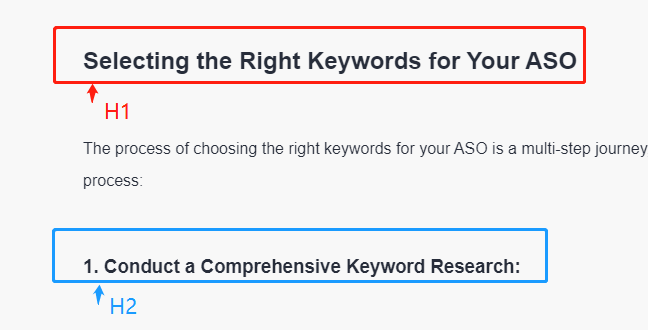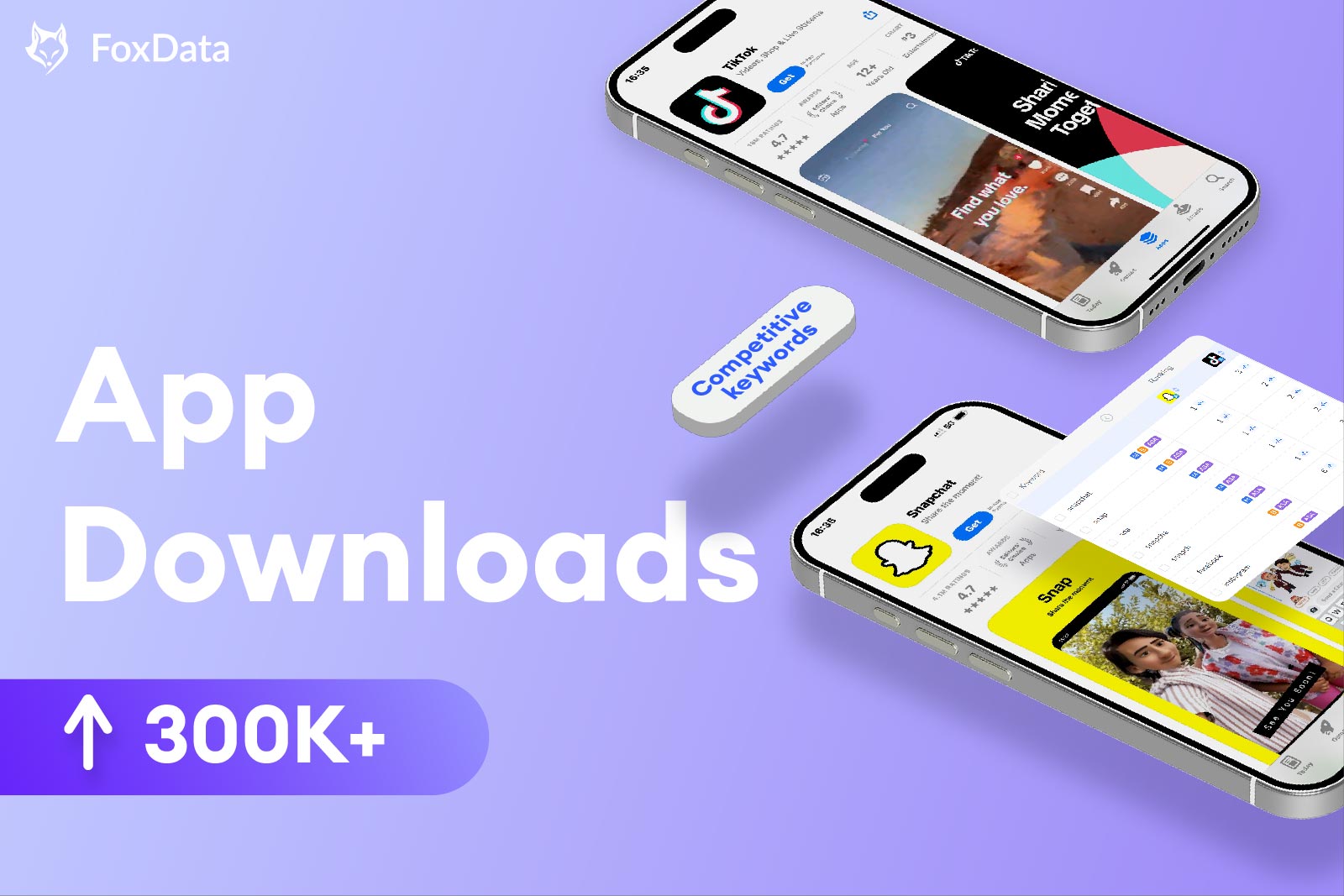Mastering On-Page Optimization: A Quick-Start Guide for Beginners (1)

Understanding Search Engine Optimization (SEO) is vital for businesses and website owners. The vast amount of online resources can be overwhelming for newcomers. Search engine optimization (SEO) is the art of boosting your website's organic search traffic. In essence, SEO involves positioning your website prominently on Google when someone searches for terms related to what you offer, whether it's [chicken curry] or any other product, service, or topic you promote. Achieving a high ranking elevates your business's appeal, ultimately leading to increased web traffic and potential sales. On-Page is a crucial part of Search engine optimization. To enhance your presence in search engine results and secure a higher ranking, consider the following actions.
1. Keyword Research:
This is the foundation of creating high-quality content and an essential part of search engine optimization (SEO). It involves identifying popular words and phrases people enter into search engines while looking for a product, service, or topic.
The process of keyword research involves several steps:
-
Brainstorming: Start by listing topics relevant to your business or industry. Think about what your target audience might search for.
-
Use Keyword Research Tools: There are several tools available that can help you discover keywords related to your business or industry. These include:
-
Ahrefs: This tool provides a comprehensive keyword report, including keyword difficulty, search volume, and more. It also offers a 'keyword ideas' feature that suggests related keywords.
-
AnswerThePublic: This tool visualizes search questions and suggests autocomplete searches in an image called a search cloud. It's great for finding long-tail keywords and understanding the user's intent.
-
Ubersuggest: This free tool provides a list of suggested keywords, their search volume, the level of competition, and more. It's a good starting point for keyword research.
-
-
Competitor Analysis: Look at the keywords your competitors are ranking for. This can give you ideas for keywords that you might have missed.
-
Consider the Buyer's Journey: The buyer's journey is the process buyers go through to become aware of, consider and evaluate, and decide to purchase a new product or service. Keywords can be different for each stage of the buyer's journey. For instance, someone in the awareness stage might search for "how to lose weight," while someone in the decision stage might search for "best weight loss program."
-
Understand Search Intent: Search intent is the reason why a person is conducting a specific search. Are they looking to make a purchase? Are they looking for information? Understanding this can help you create content that matches their intent.
Remember, the goal of keyword research is not just to increase traffic to your website, but to attract quality traffic. You want visitors who are likely to become leads, customers, or clients.
2. Visual Content:
Visual content refers to the use of images, graphics, charts, infographics, videos, and other visual elements to convey information, tell a story, or support text-based content on your webpages. It plays a crucial role in enhancing the user experience, making content more engaging, and increasing the overall appeal of your pages.
-
Use Alt Tags: Alt tags (alternative text) are used within HTML code to describe the appearance and function of an image on a page. If the image fails to load, this text will appear instead. More importantly, alt tags are used by screen-reading tools to describe images to visually impaired readers, and are also used by search engines to understand the content of the image.
-
Optimize Image Size: Large images can slow down your site, which can negatively impact your SEO ranking. Make sure to compress your images to an optimal size without compromising their quality.
-
Use Descriptive File Names: Instead of using generic names like "IMG_123.jpg", use descriptive file names with keywords, such as "chocolate-cake-recipe.jpg". This can help search engines understand what your image is about.
-
Use Image Sitemaps: If your site uses JavaScript galleries, image pop-ups, or other complex image arrangements, consider using image sitemaps to give search engines more information about the images available on your website.
3. Title Tags:
Keep It Concise: To enhance your SEO strategy, it's essential to create title tags that fall within the 50 to 60 character range.
-
Incorporate Your Target Keyword: Incorporate your target keyword to clarify the page's content for both Google and users.
-
Ensure Uniqueness: Avoid duplicate title tags to ensure each page's purpose is distinctly recognized by both search engines and visitors.

![]() 4. Header Tags:
4. Header Tags:
-
Enhance Content Structure with Keywords
-
Optimize Headings for Clarity: Utilize H1 for Page Titles and H2 for Subtopics, etc.

5. Meta Descriptions:
-
Think About Mobile Users: On mobile devices, Google cuts off meta descriptions after about 120 characters, so it's wise to keep them concise.
-
Keyword Inclusion: Incorporate your target keyword to assist users in assessing if your page aligns with their search intent. Google highlights keywords and synonyms, making your description stand out and potentially boosting clicks.
-
Utilize Active Voice: Employing active voice not only saves space but also enhances the clarity of your message, ensuring a more effective meta description.
6. Image Alt-text:
Also known as "alt tags" or "alt descriptions," alt-text is a principle of web accessibility that aids visually impaired users who use screen readers to access web content. It's also a crucial component of image SEO.
Alt-text is a short description that is coded into the HTML of a webpage to describe the appearance and function of an image on the page. If an image fails to load, the alt-text will appear in its place. More importantly, search engines use alt-text to understand the content and context of an image.
-
Be Descriptive: Describe the image as specifically as possible. Alt-text should convey the content and the function of the image.
-
Use Keywords Sparingly: While it's beneficial to include SEO keywords in alt-text, they must be relevant and provide an accurate description of the image.
-
Keep it Concise: A good rule of thumb is to keep alt-text under 125 characters. Screen-reading tools typically stop reading alt-text at this point.
-
Avoid Keyword Stuffing: Overloading alt-text with keywords can result in a negative user experience and could potentially harm your site's SEO.
Remember, the primary purpose of alt-text is to improve web accessibility, but when used correctly, it can also contribute to your SEO efforts and drive more traffic to your site.
7.Conclusion:
In conclusion, beginners can confidently embark on their On-Page journey with this guide. Mastering On-Page Optimization is not finished yet. Mastering On-Page Optimization (2) will be coming soon, so look forward to it. SEO is an ever-evolving field, so staying updated with industry trends and algorithm changes is crucial for long-term success. Embrace the learning curve, and watch your website's visibility and traffic soar.
FoxData provides SEO services. 1V1 FREE marketing consultation with experts, and get 1-month complimentary Standard Plan! From keyword benchmarking to your campaign strategies to citation building to boost your local SEO rankings, we can handle it all. Now start your brilliant journey on FoxData!







